36V LiFePO4 Cell Charge and Discharge Voltage Guide
The 36V LiFePO4 cell is a popular choice for various applications due to its stability, safety, and long cycle life. Understanding the charging and discharging voltage parameters of a 36V LiFePO4 cell is crucial for optimizing performance and ensuring longevity.
- Understanding 36V LiFePO4 Cell Voltage Parameters
- State of Charge (SoC) and Voltage Relationship
- Best Practices for Charging and Discharging 36V LiFePO4 Cells
- Importance of Battery Management Systems (BMS)
- Applications of 36V LiFePO4 Batteries
Understanding 36V LiFePO4 Cell Voltage Parameters
A 36V LiFePO4 battery pack typically consists of 12 cells connected in series, each with a nominal voltage of 3.2V, totaling 38.4V. However, the actual voltage can vary depending on the state of charge (SoC) and the charging or discharging process.
Charging Voltage
The recommended charging voltage for a 36V LiFePO4 battery pack is between 42.0V and 43.8V. Charging within this range ensures the battery reaches full capacity without overcharging, which can degrade the cells over time. It's essential to use a charger specifically designed for LiFePO4 chemistry to maintain optimal performance.
Discharging Voltage
During discharging, the voltage of a 36V LiFePO4 battery gradually decreases. The minimum safe discharge voltage is typically around 30.0V. Discharging below this threshold can lead to over-discharge, potentially damaging the battery and reducing its lifespan.
>>See also Complete Guide to Golf Cart Size Including Width Length and Height
State of Charge (SoC) and Voltage Relationship
Monitoring the voltage of a 36V LiFePO4 battery provides insights into its state of charge. Here's a general guideline:
- 100% SoC: ~43.8V
- 90% SoC: ~39.6V
- 80% SoC: ~39.5V
- 70% SoC: ~39.2V
- 60% SoC: ~38.9V
- 50% SoC: ~38.4V
- 40% SoC: ~38.0V
- 30% SoC: ~37.4V
- 20% SoC: ~37.2V
- 10% SoC: ~36.0V
- 0% SoC: ~30.0V
These values can vary slightly based on factors like temperature and battery age.
Best Practices for Charging and Discharging 36V LiFePO4 Cells
Charging Tips
- Use Appropriate Chargers: Always use chargers designed for LiFePO4 batteries to ensure correct voltage and current levels.
- Monitor Charging: Avoid overcharging by monitoring the voltage and disconnecting the charger once the battery reaches full charge.
- Temperature Considerations: Charge the battery within the recommended temperature range (typically 0°C to 45°C) to prevent damage.
Discharging Tips
- Avoid Deep Discharge: Do not discharge the battery below its minimum voltage (around 30.0V) to prevent cell damage.
- Monitor Load: Ensure the connected load does not draw excessive current, which can lead to rapid voltage drops.
- Temperature Considerations: Operate the battery within its recommended temperature range to maintain performance.
>>See also Comparison of Alkaline AA and Lithium AA Batteries
Importance of Battery Management Systems (BMS)
A Battery Management System (BMS) is crucial for monitoring and protecting 36V LiFePO4 batteries. It ensures the cells operate within safe voltage and temperature ranges, balances the charge among cells, and provides protection against overcharging, over-discharging, and short circuits.
Applications of 36V LiFePO4 Batteries
Due to their reliability and efficiency, 36V LiFePO4 batteries are widely used in:
- Electric Bicycles and Scooters: Providing consistent power and long range.
- Solar Energy Storage: Storing energy generated from solar panels for later use.
- Marine Applications: Powering boats and marine equipment with stable voltage.
- Backup Power Systems: Serving as reliable backup power sources during outages.
Understanding the charging and discharging voltage parameters of a 36V LiFePO4 cell is essential for maximizing its performance and lifespan. By adhering to recommended voltage ranges and employing best practices, users can ensure their batteries operate safely and efficiently. Always consider integrating a Battery Management System (BMS) to provide additional protection and monitoring capabilities.

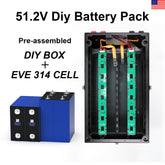

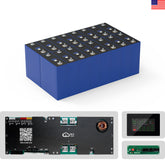

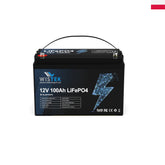
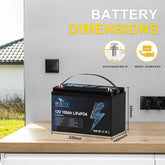
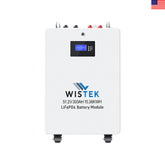
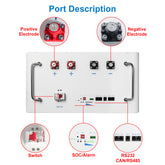
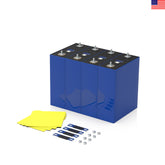
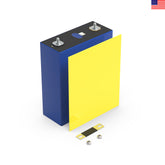
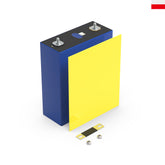

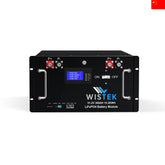
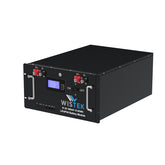
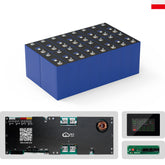








Leave a comment
All blog comments are checked prior to publishing